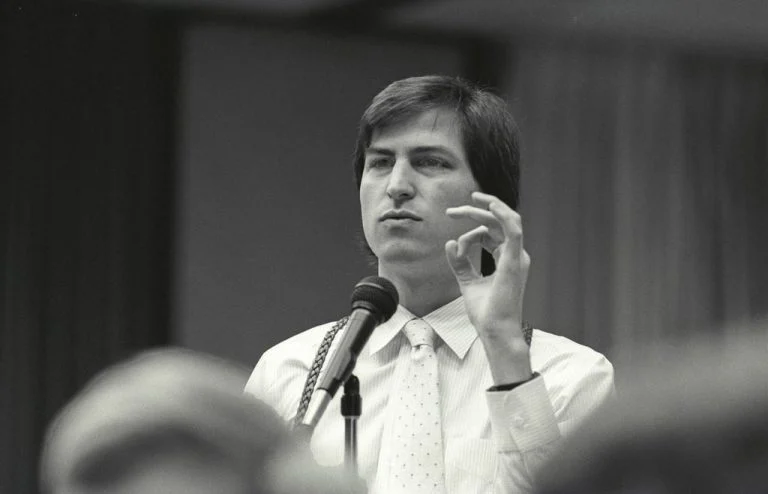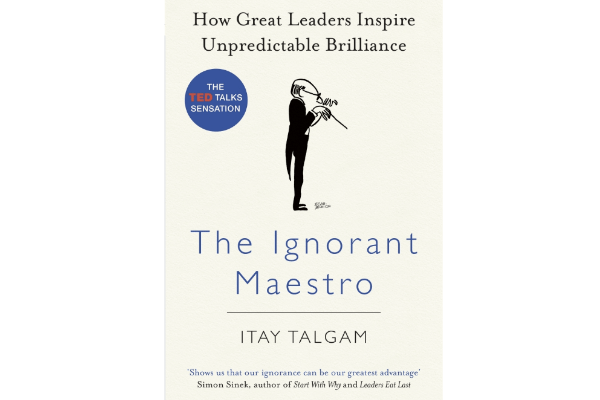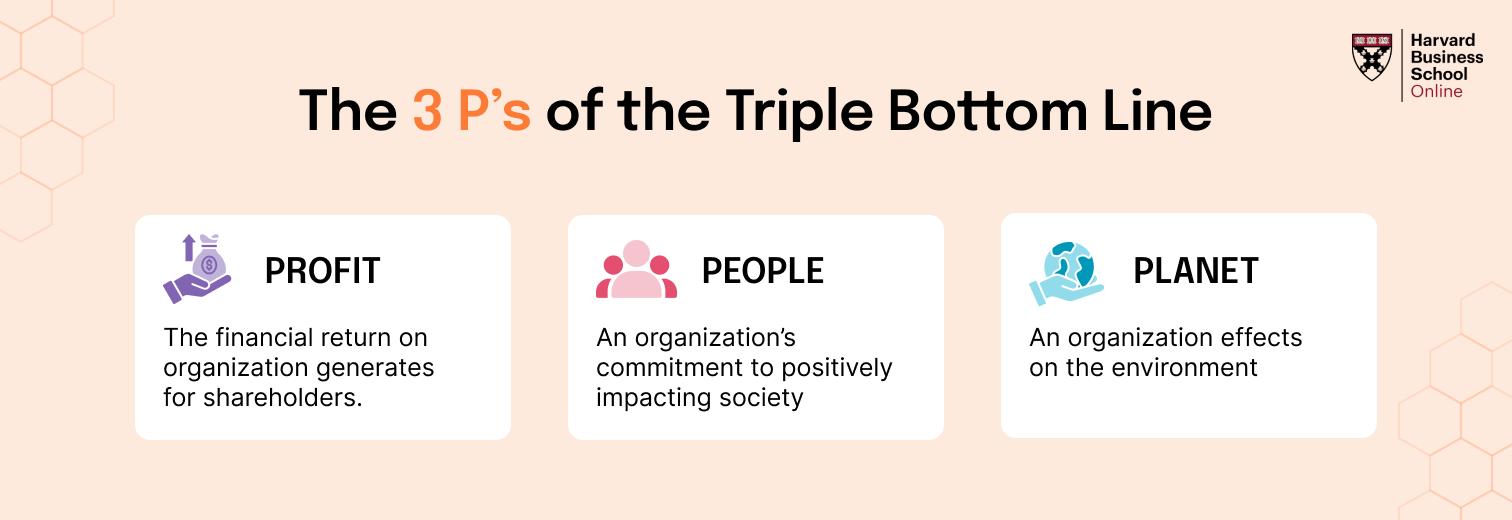In my experience facilitating leadership workshops, I’ve observed that powerful stories can captivate an audience more effectively than any slide deck. A well-told story doesn’t just convey information; it resonates, inspires, and sticks.
But is storytelling merely a tool for facilitators? Absolutely not. Many effective leaders I’ve encountered are also compelling storytellers. They weave narratives to share visions, manage change, and connect with their teams on a deeper level. Yet, some leaders still rely heavily on data and presentations, missing the opportunity to engage through storytelling.
Paul Smith, in his book Lead with a Story, illustrates this with a tale about a retailer emphasizing customer centricity. The company reallocated premium parking spots from executives to customers. One rainy day, the CEO chose to park farther away, adhering to the new policy, even though it meant getting drenched before a crucial meeting. This act spoke volumes about the company’s values, more than any memo could.
So, how can leaders harness the power of storytelling?

1. Define the Purpose
Table of Contents
Before sharing a story, clarify its objective. What message should linger with your audience? A concise summary can help crystallize this.
Pixar, known for its storytelling prowess, uses a six-sentence structure for pitches, beginning with “Once upon a time…”. This approach ensures clarity and focus.
Consider the story of Karoly Takacs, a Hungarian shooter who lost his dominant hand but trained his non-dominant hand to win Olympic gold. His story isn’t just about resilience; it’s about redefining possibilities.
2. Ensure Relevance
A story’s impact hinges on its relevance to the audience. Tailor your narratives to resonate with their experiences and challenges.
For instance, during a sales workshop, a leader shared a story about overcoming a daunting target, culminating in a team celebration in Las Vegas. This vivid imagery motivated the team more than any chart could.
3. Develop Compelling Characters
Characters breathe life into stories. They allow audiences to connect emotionally and see themselves in the narrative.
In business contexts, the protagonist could be a team member, a customer, or even the leader themselves. The antagonist might be a market challenge or internal resistance. By personifying these elements, stories become relatable and impactful.
4. Highlight the “Aha” Moment
Every memorable story has a pivotal moment like a revelation or turning point that encapsulates its essence.
In the earlier example of the CEO braving the rain, the “aha” moment is his decision to adhere to the new policy, reinforcing the company’s commitment to customer focus.
When crafting your story, build up to this moment, ensuring it delivers the intended message powerfully.
Final Thoughts
Storytelling is more than an art; it’s a strategic tool in leadership. By sharing purposeful, relevant, character-driven stories with clear “aha” moments, leaders can inspire, engage, and drive change.
If you haven’t already, start integrating storytelling into your leadership approach. Reflect on your experiences, identify compelling narratives, and share them authentically. Your stories could be the catalyst for transformation within your team.










